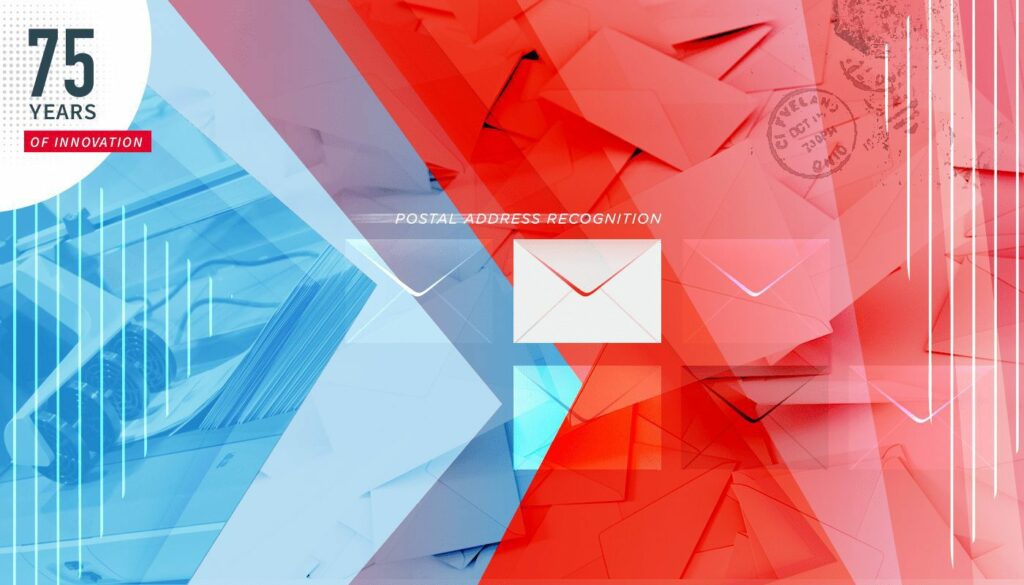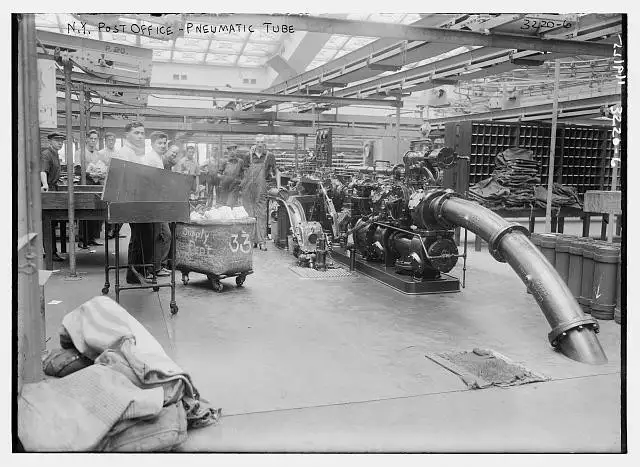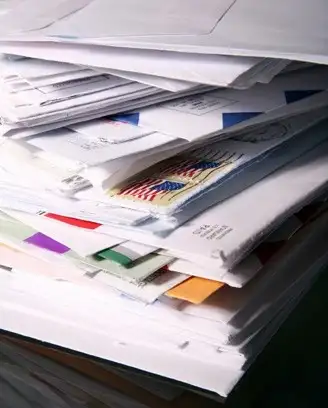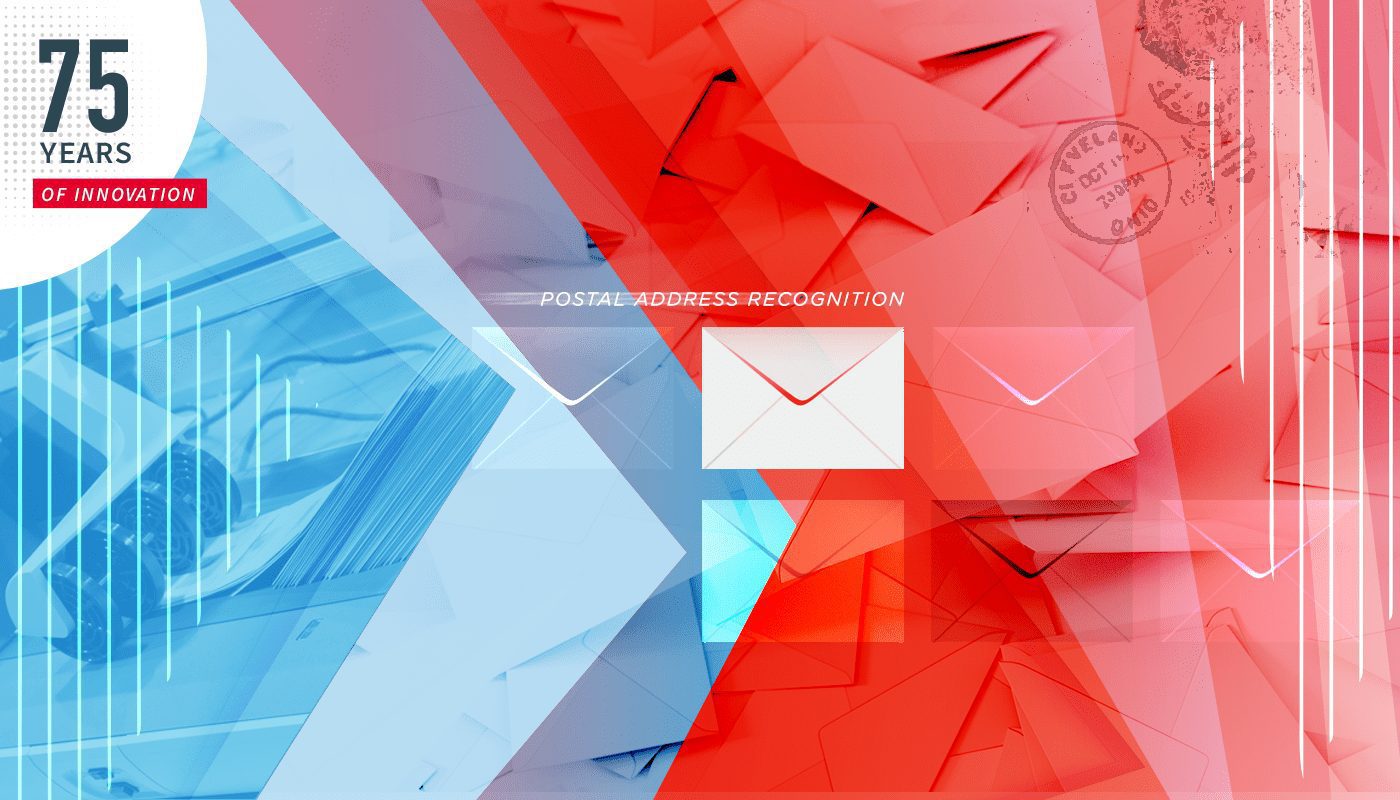The 75 Years of Innovation series highlights the groundbreaking innovations spanning from SRI’s founding in 1946 to today. Each week, SRI will release an innovation, leading up to its 75th anniversary in November 2021.

In the late 1990s, the U.S. Postal Service turned to SRI International’s “advanced address recognition system” to automate letter sorting
You’ve got mail: How SRI’s advanced postal address recognition helps USPS deliver the mail
“Our work with the U.S. Postal Service underscores SRI’s value in bringing multidisciplinary ideas together to create new solutions for clients. By combining expertise in software programming, imaging and robotics, SRI was able to help create a system that will deliver measurable benefits to the U.S. Postal Service and its customers” — Dr. Prasanna Mulgaonkar, director of the Advanced Automation Technology Center at SRI.
Even in the digital era, where email seems somehow old-fashioned and messaging apps are our ‘go-to’ mode of communication, the humble letter persists. In 2019, 48% of the world’s mail was handled by the United States Postal Service (USPS). If the postal service was able to be listed as a Fortune 500 company, it would come in at number 44. To handle this expansive service, the USPS has to deal with hundreds of millions of mail items across 42,000 ZIP Codes.
Such a massive undertaking as delivering the U.S. mail requires a helping hand. In the late 1990s, the U.S. Postal Service turned to SRI International’s “advanced address recognition system” to automate letter sorting.
Here is the why and how of USPS automated letter sorting.
Why automate letter sorting?
The average number of postal items delivered each day by USPS is 472.1 million. By anyone’s standards that is a lot of mail. To ensure a smooth and efficient service, the mail has to be somehow classified, sorted based on this classification, and then prepared for a robust and timely delivery.
Delivering across America is no easy job. The country is big, really big. Many sectors of the population live in rural parts of the country; even in 2017, 20% of Americans lived in rural areas. Mass numbers and large spaces make delivering mail a challenge. The USPS goes back to 1775 but innovation has been at the heart of the organization since the start, turning to technology to help in their endeavor for excellence in service. The organization has used ponies and steamboats to get mail to people as quickly as possible. In 1897, 100 years before deploying SRI’s advanced address recognition system, the postal service looked at using a “Pneumatic Tube System”, which was a series of underground tubes connecting New York City stations used to transport mail. Because of this system, New York Postal Workers were nicknamed “Rocketeers.”

As letter numbers grew, automating the sorting process became vital in the goal of an efficient postal service.
One of the hurdles to sorting post, in readiness for delivery, is reading the address. The sheer quantities of mail mean that hand sorting has not been an option for many decades. In 1957 USPS introduced a semiautomatic sorting machine. This was followed by an optical character reader (OCR) in the mid-60s. In the 1980s, SRI worked with USPS on address block locator technology. Within two years, SRI demonstrated multi-sided parcel imaging along with address block location.
The Postal Service eventually turned to the more advanced, multiline optical-character reader (MLOCR) sorting machines.
In 1997, USPS deployed a ground-breaking technology from SRI. The system advanced the previous MLOCR service with a 12% improvement in sorting rates. This new technology was the “advanced address recognition system”.
SRI’s advanced address recognition system saves USPS millions of dollars by automating the process of address recognition of massive amounts of mail.
How does SRI International’s advanced address recognition system work?
The initial deployment of SRI’s advanced address recognition system was to 250 postal sites in September 1997.

The system comprises of two main modules:
- An address block locator: Locating an address on an item of mail can be a difficult object recognition task. However, this action is vital in ensuring mail is not misplaced or misrouted and can be promptly delivered.
- A word recognition system: Optical character recognition is needed for advanced recognition of addresses. The SRI system was able to decipher handwritten addresses effectively.
The system utilizes SRI’s advanced imaging capability, using an electronic camera to take images of the front face of letters. These images are used to identify the destination address and determine its delivery destination.
Stand together and deliver
SRI and USPS have worked together for almost four decades. The relationship has leveraged SRI’s innovation in technology across multiple disciplines. In that time, USPS and SRI have collaborated on algorithm advancement, improved barcode detection and reading, and together they have forwarded the enhancement of handwritten address discrimination. It is this collaboration and meeting of minds to solve a problem that SRI International excels at. As is so often the case, SRI International can draw on many areas of research and expertise to create commercial solutions to real-world problems.
The next time a letter arrives, especially a hand-written one, remember that decades of research helped to make sure it ended up on your doormat and not someone else’s.
Resources
USPS Facts: https://facts.usps.com/size-and-scope/
U.S. Census: https://www.census.gov/library/stories/2017/08/rural-america.html
USPS History: https://about.usps.com/who-we-are/postal-history/moving-mail.htm



